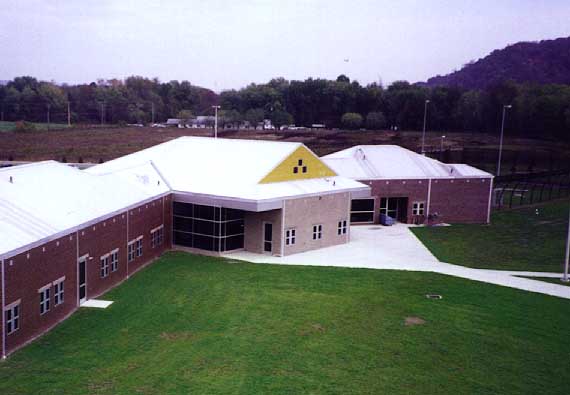Most juveniles are held in semi secure facilities that are designed to look like a high school campus than a prison.
Halfway houses, boot camps, ranches, forestry camps, wilderness programs, group homes, and state hired private facilities also hold juveniles ordered to confinement.
In 1995 ,
populations ranged from a low
of
24 in Vermont to a high of 19,567 in California.
,
populations ranged from a low
of
24 in Vermont to a high of 19,567 in California.


